The completion of any renovation project marks not an ending, but rather the beginning of a complex transition that demands careful consideration of after-renovation cleaning protocols that extend far beyond conventional housekeeping practices. In Singapore’s rapidly evolving urban landscape, where residential renovations have become increasingly sophisticated and environmentally challenging, the scientific understanding of post-renovation contamination has revealed health implications that transform cleaning from a luxury service into an essential health intervention.
Historical Context of Construction Debris Management
The evolution of renovation practices in Singapore reflects broader changes in construction methodology and environmental awareness. Traditional building practices generated relatively manageable debris patterns, yet contemporary renovation techniques introduce complex contamination scenarios that require specialised intervention. Construction dust contains small particles of materials such as concrete, silica, wood, asbestos, and many other harmful substances, creating health hazards that previous generations of homeowners never encountered at such concentrated levels.
This transformation reflects Singapore’s rapid urban development, where excess dust is harmful to your health and general well-being, especially for individuals allergic to dust. The historical record demonstrates that as construction techniques have advanced, so too have the complexity and health implications of post-renovation contamination.
The Scientific Reality of Post-Renovation Contamination
Contemporary research reveals that post-renovation environments harbour contamination patterns that defy conventional cleaning approaches. When inhaled, these particles can cause irritation and inflammation in the lungs and airways, leading to various respiratory problems, establishing a direct causal relationship between inadequate post-renovation cleaning and measurable health outcomes.
The medical evidence demonstrates that short-term exposure to construction dust can cause symptoms such as coughing, wheezing, shortness of breath, chest tightness, and nasal congestion. This clinical documentation transforms renovation cleanup from aesthetic consideration into a documented health intervention requiring professional expertise.
Chemical Contamination Beyond Visible Debris
Singapore’s contemporary renovation practices introduce chemical hazards that extend beyond traditional dust and debris concerns. Formaldehyde, a colourless, strong-smelling chemical which is commonly used to construct furniture and household products, represents one category of post-renovation contamination that requires specialised detection and remediation protocols.
The implications prove particularly concerning because short-term exposure to this gas can pose serious health risks, including respiratory problems, eye irritation, skin reactions and allergic reactions. These findings establish that professional post-renovation cleaning must address both visible contamination and invisible chemical hazards.
Professional Methodologies and Equipment Standards
The technical requirements for effective renovation cleanup have evolved to match the complexity of contemporary contamination patterns. Professional cleaning services provide deep cleaning solutions that standard cleaning cannot achieve, addressing areas that require special attention, reflecting the sophisticated approach necessary for adequate remediation.
Industry standards now incorporate comprehensive assessment protocols. Companies will often have their cleaning crew walk through the site to strategise how to tackle the job most efficiently, demonstrating the strategic planning required for effective contamination management.
The equipment specifications reflect this technical evolution: • Advanced vacuum systems capable of capturing microscopic particles • Quality vacuums, Ladders, Anti-bacterial cleaning solutions, Sanitising Solutions, Microfiber Cloths • Specialised chemical detection and neutralisation equipment • Professional-grade air filtration and ventilation systems.
Economic Analysis of Professional Intervention

The financial implications of professional renovation cleaning extend beyond immediate service costs to encompass long-term health and property value considerations. Additional per man hours are charged at SGD 40 (Weekday: Monday – Friday after 6 pm & Weekend: Saturday, Sunday and Public Holiday), establishing transparent pricing structures that reflect the specialised nature of this service.
The temporal requirements demonstrate the comprehensive nature of professional intervention. The process of a post-renovation cleaning would usually take 3-4 hours, indicating the thoroughness required for adequate contamination remediation that homeowners cannot achieve through conventional cleaning methods.
Health Protection Protocols for Vulnerable Populations
Contemporary Singapore households often include members with heightened vulnerability to construction-related contamination. It is especially important for households with young children or family members who suffer from allergy-related ailments to establish clear medical indications for professional cleaning intervention.
The documentation reveals that leftover construction materials and dust could pose health risks, creating environments where professional intervention becomes a medical necessity rather than a convenience service.
Environmental Considerations in Modern Cleaning Protocols
Singapore’s environmental consciousness has influenced renovation cleaning practices, with services increasingly emphasising ecological responsibility alongside health protection. Clean Lab ensures a safe living environment after renovation by using green cleaning solutions that are safe for both humans and the environment, demonstrating how contemporary services balance efficacy with environmental stewardship.
The Integration Challenge: From Construction Site to Living Space
The transition from a construction environment to a habitable space requires systematic contamination management that addresses both visible and invisible hazards. Post renovation cleaning eliminates excess dust, allergens, and other potential health hazards, creating a clean and healthy environment for occupants, establishing the comprehensive health protection that professional services provide.
The evidence reveals that amateur cleaning efforts prove inadequate for the contemporary renovation aftermath. Professional cleaners dispose of hazardous materials properly and sanitise the space, demonstrating expertise in both contamination removal and safe disposal protocols that homeowners lack.
Conclusion: Professional Standards for Contemporary Health Protection
The evolution of Singapore’s renovation practices has created contamination scenarios that demand professional intervention for adequate health protection. The scientific evidence establishes clear causal relationships between inadequate post-renovation cleaning and measurable health consequences, transforming this service from a convenience into a medical necessity.
For Singapore homeowners navigating the complex aftermath of contemporary renovation projects, the evidence points toward a clear conclusion: the health implications and technical requirements of modern renovation cleanup exceed the capabilities of conventional cleaning approaches, establishing professional post-construction cleaning services as essential infrastructure for safe residential transition.


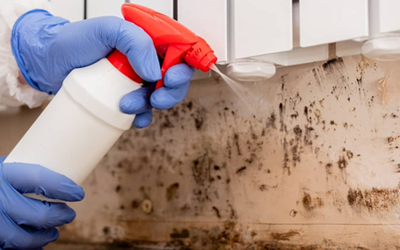
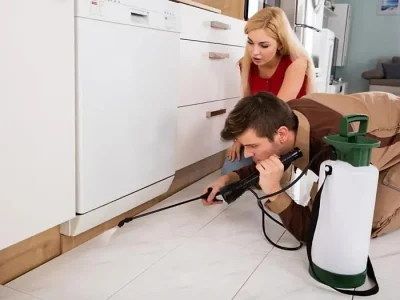

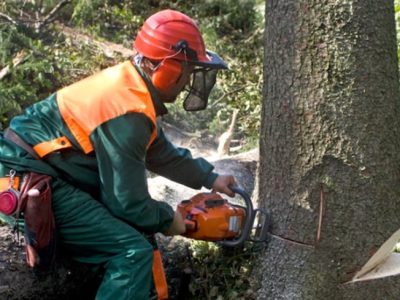
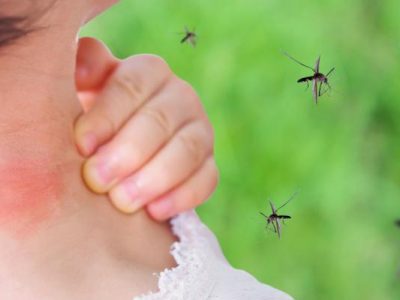
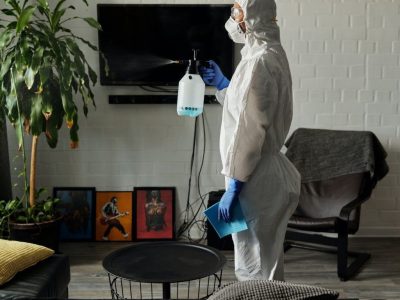
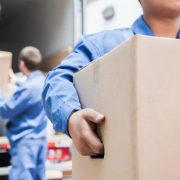
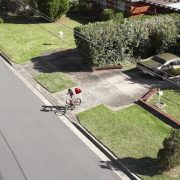

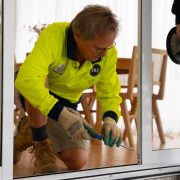


Comments